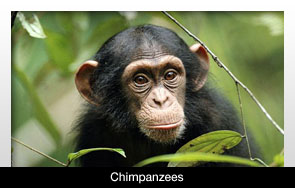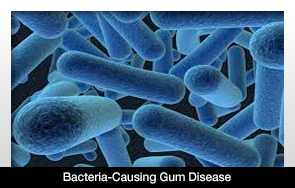 |
Tooth development and weaning in chimpanzees were thought to have a correlation—until now.
For more than two decades scientists concluded that juvenile primate tooth development had an impact on when the primates started to move on from their mother’s milk. But that isn’t true. The Harvard Department of Human Evolutionary Biology utilized high-resolution digital photographs of the chimpanzees to demonstrate that when the first molar appears, they continue to nurse.
The information appears in a January 28 paper in the Proceedings of the National Academy of Sciences.
Previous studies attempted to tie the correlation in chimpanzees to the way things play out in humans. But this study refutes that link.
Also, many previous chimpanzee studies involved captive animals or skeletons. Those studies proved to not be representative of most of the chimp population.
This study was different because it analyzed chimps in the wild and captive ones. Then, using advanced technology, the researchers were able to pinpoint the exact time in which the chimp’s molars erupted.
In this study, chimps still were interesting in nursing even after their first molar erupted. Essentially, they showed adult-like feeding behavior but still wanted to be nursed. The mothers sometimes have to fight off their children from nursing at that age. The reason for this behavior is unknown.
This study provides enough information for scientists to look to other species to determine a correlation involving tooth development and weaning that could be considered similar to human patterns.









